Biryani Leaf Plant
₹219
Elevate your culinary experience with the aromatic Biryani Leaf Plant! This versatile herb, scientifically known as Plectranthus amboinicus, is a culinary delight that adds a unique flavor to a wide range of dishes. Its fragrant leaves are commonly used in Indian, Middle Eastern, and Southeast Asian cuisines.
75 people are viewing this product right now
🔥 8 items sold in last 3 hours
The Biryani Leaf Plant, scientifically known as Plectranthus amboinicus, is a versatile herb renowned for its unique aroma and flavor. This aromatic plant is a staple in Indian and Southeast Asian cuisines, adding a distinctive tangy and slightly minty taste to dishes like biryanis, curries, and stir-fries. Beyond culinary uses, it possesses potential medicinal properties and can be used as a natural insect repellent.
Key Features & Benefits
- Culinary Versatility: Adds a unique flavor to a wide range of dishes, from biryanis and curries to soups and stews.
- Medicinal Properties: Traditionally used in herbal remedies for various ailments, including respiratory issues, digestive problems, and skin conditions.
- Natural Insect Repellent: Known to deter certain insects, making it a natural and Eco-friendly pest control option.
- Easy to Grow: Relatively low-maintenance and can thrive in a variety of conditions, making it suitable for both experienced and novice gardeners.
- Attractive Foliage: Features lush, velvety leaves with a pleasant aroma, adding visual appeal to any garden or indoor space.
Plant Care Guide
Ideal Plantation Locations
The Biryani Leaf Plant thrives in warm climates with ample sunlight. It can be grown in a variety of soil types, but prefers well-drained soil rich in organic matter. Suitable regions include tropical and subtropical areas.
Planting & Gardening Instructions
- Location: Choose a sunny location with at least 6 hours of direct sunlight per day.
- Soil Preparation: Prepare well-draining soil by mixing garden soil with compost or per lite.
- Planting: Plant the Biryani Leaf Plant in the prepared soil, ensuring the roots are well-covered.
- Spacing: Space plants 1-2 feet apart to allow for adequate growth and air circulation.
Watering
Water regularly, keeping the soil consistently moist but not waterlogged. Allow the top inch of soil to dry slightly between waterings.
Fertilizers
Fertilize monthly with a balanced liquid fertilizer during the growing season.
Repotting Instructions
Re-pot every 1-2 years in spring using a slightly larger pot and fresh potting mix.
Fruiting Season
The Biryani Leaf Plant does not produce fruit.
Usage Ideas
- Culinary Uses: Fresh or dried leaves can be used in various dishes, such as biryanis, curries, stews, soups, and stir-fries.
- Medicinal Uses: Can be used to make herbal teas or infused oils.
- Ornamental Plant: Adds visual appeal to gardens, patios, and indoor spaces.
Care Tips
- Pest Control: Regularly inspect for pests such as aphids and mealybugs. Treat infestations promptly with organic methods or insecticidal soap.
- Pruning: Prune regularly to maintain shape and encourage bushier growth.
- Mulching: Apply a layer of organic mulch around the base of the plant to retain moisture and suppress weeds.
Only logged in customers who have purchased this product may leave a review.
Related products
Designed, Developed & Maintained by Growww.
Copyright © 2024 Ashok Chakra Nursery

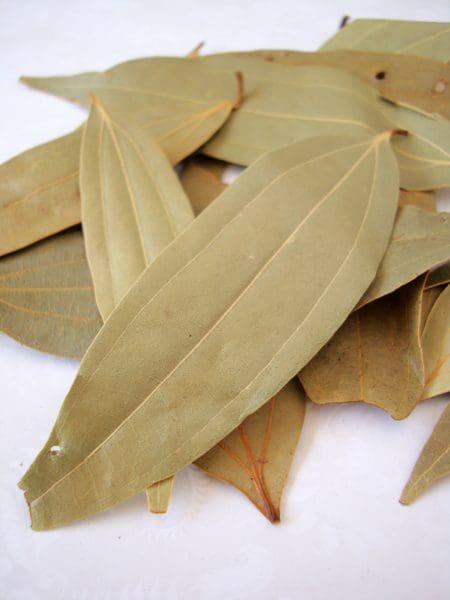
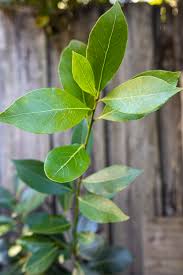
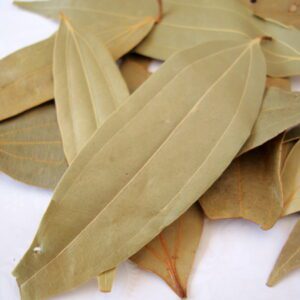
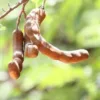
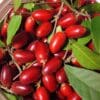
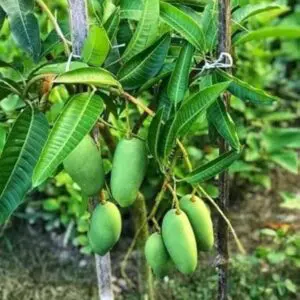
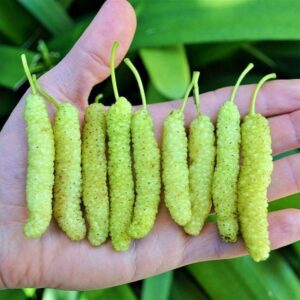
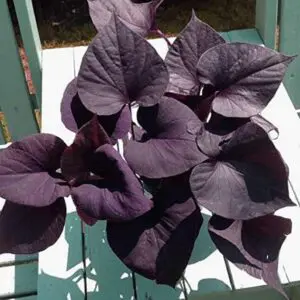

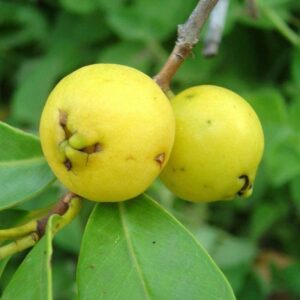
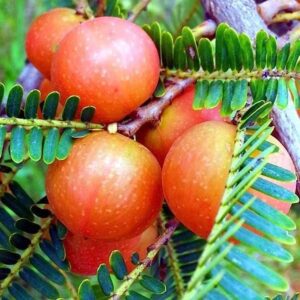
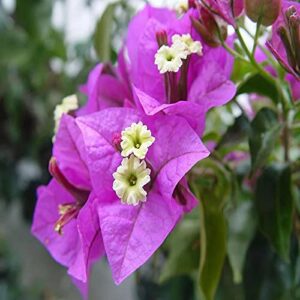
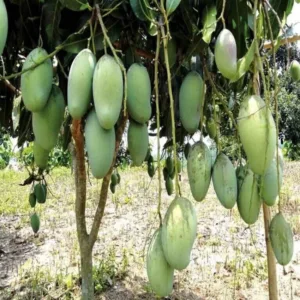
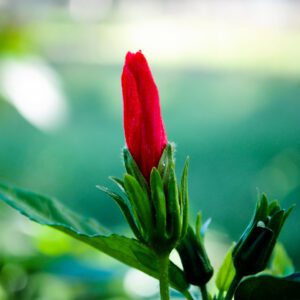
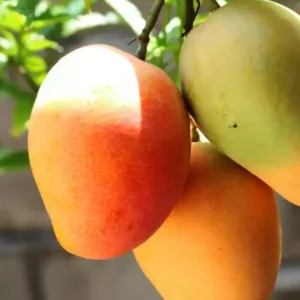
Reviews
There are no reviews yet.